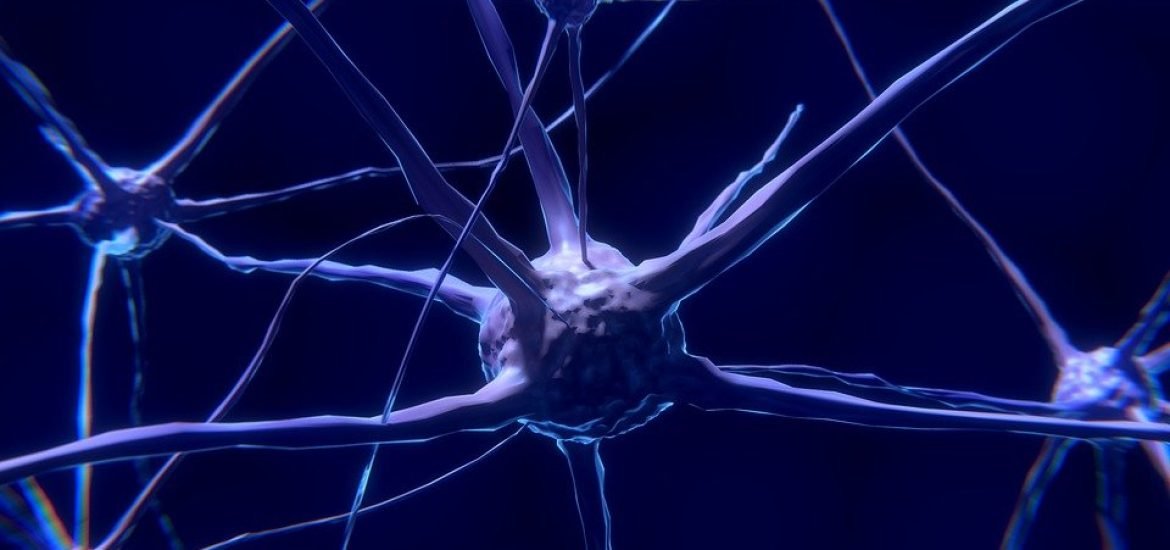
A team of researchers from CNRS and the Ecole Normale Supérieure in France develop the first prototype for an artificial neuron, according to a study published in Science (1). As in the brain, their system uses ions to carry information, and it relies on a thin layer of water transporting ions within long graphene incisions.
Our brain can perform the most impressive and complex tasks. However, despite this complexity, it needs very little energy. This high efficiency comes from neurons, which have a membrane with tiny pores called ion channels. These channels can open and close according to the stimuli received from neighbouring neurons. The result is an electric current going from neuron to neuron, allowing these cells to communicate with each other.
Artificial intelligence can perform complex tasks just as efficiently as a brain, but it needs incredible amounts of energy. Many researchers are keen to develop electronic systems that can be as energy efficient as brains by using ions – not electrons – to carry the information.
Surprisingly, the field of nanofluidics – the study of how fluids behave in channels less than 100 nanometers wide – seems to be the best option. Using this approach, a team of researchers from the ENS Laboratoire de Physique, based at the CNRS/ENS-PSL/Sorbonne University/University of Paris, has built the first ever artificial neuron. The French team managed to build a prototype with thin graphene incisions containing a single layer of water molecules.
Using this prototype, the researchers showed that, under an electric field, the ions from this water layer assemble into clusters and develop a property called the memristor effect. Incredibly, when the voltage was turned off, these clusters retained some of the information they received previously. In fact, the term memristor comes from a memory resistor or a resistor with a memory effect. “Recent advances in nanofluidics have enabled the confinement of water down to a single molecular layer. Such monolayer electrolytes show promise in achieving bioinspired functionalities through molecular control of ion transport”, the authors wrote in the paper.
In comparison with a human brain, the graphene slits represent the ion channels and ion flows. The team managed to build and assemble these clusters to copy the physical mechanisms that happen in the brain to transmit information between neurons.
For the researchers, this is only the beginning. The work is set to continue collaborating with a team from the University of Manchester, UK. The aim is to prove that this system can learn and implement algorithms to serve as the basis for electronic memories in the future.
(1) Robin P, Kavokine N, Bocquet L (2021) Modeling of emergent memory and voltage spiking in ionic transport through angstrom-scale slits. Science, 373, 687-691, https://doi.org/10.1126/science.abf7923